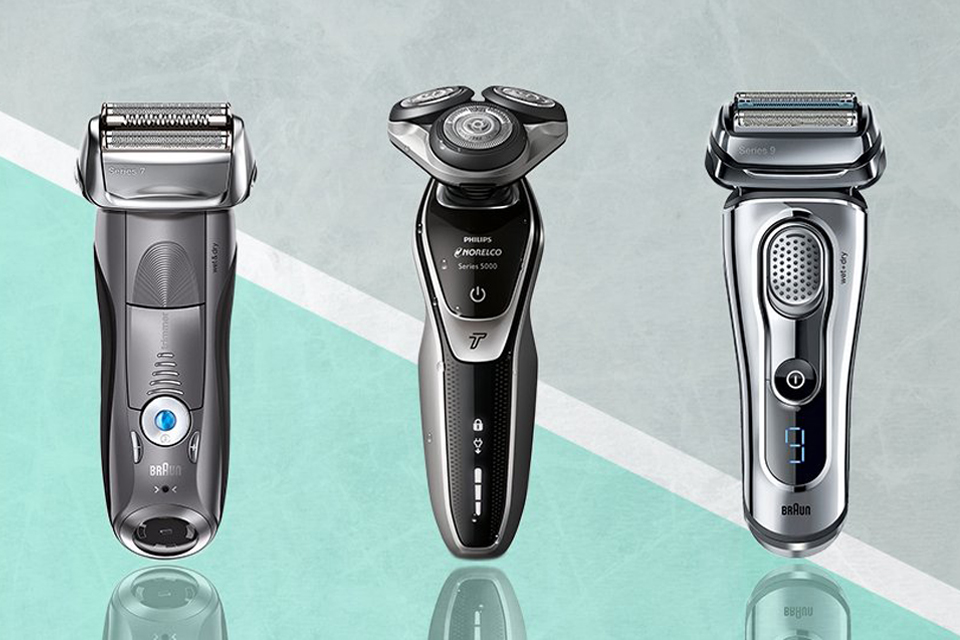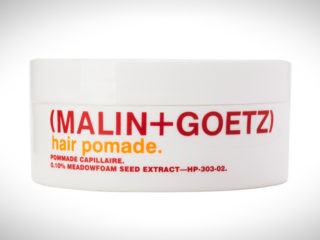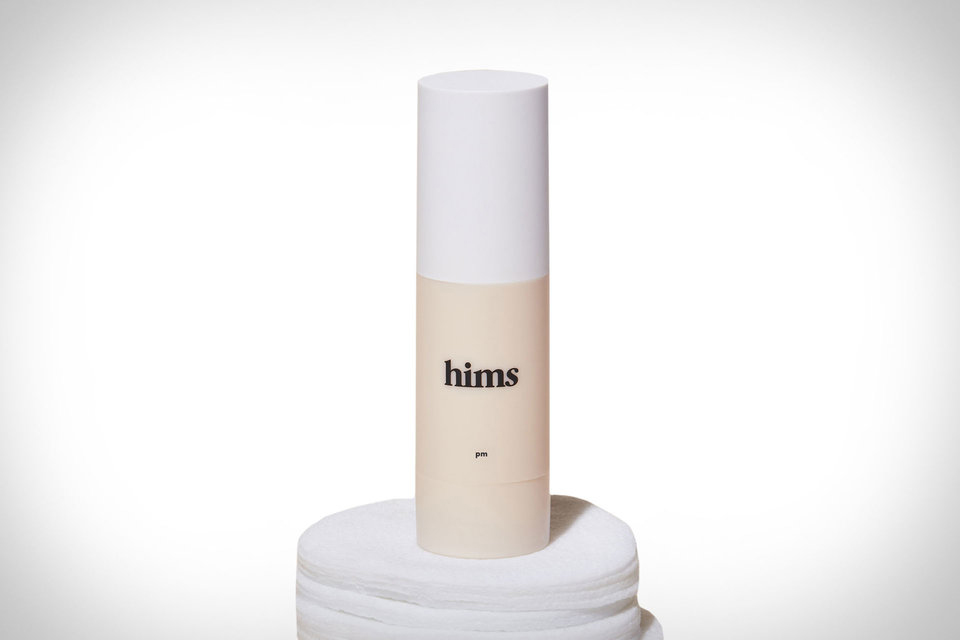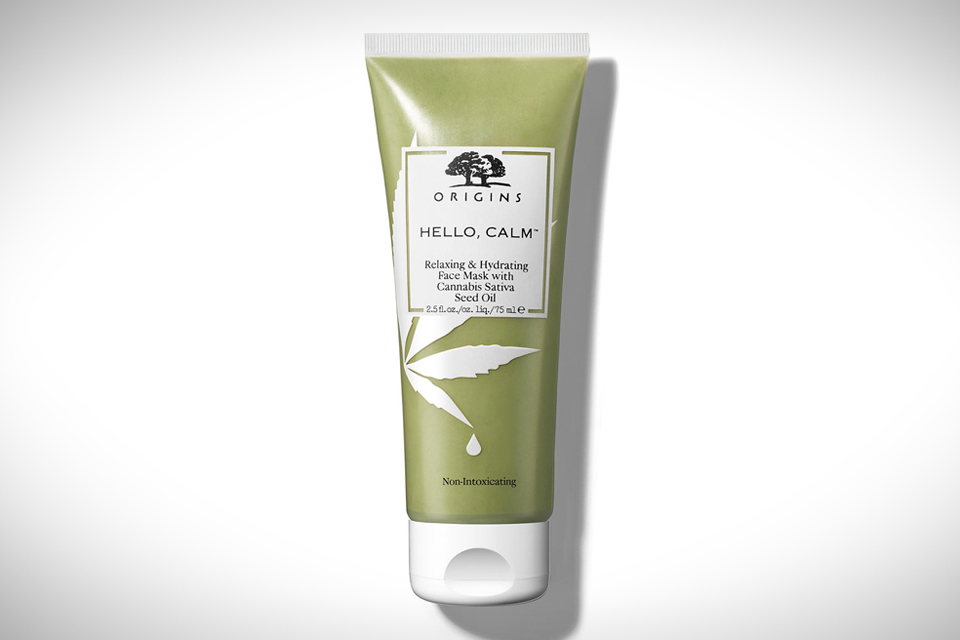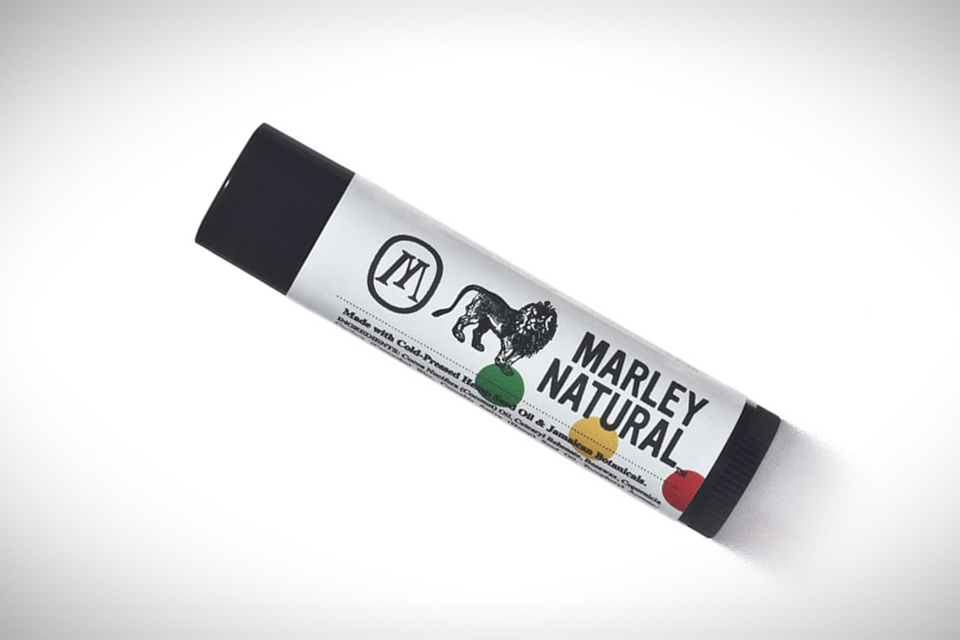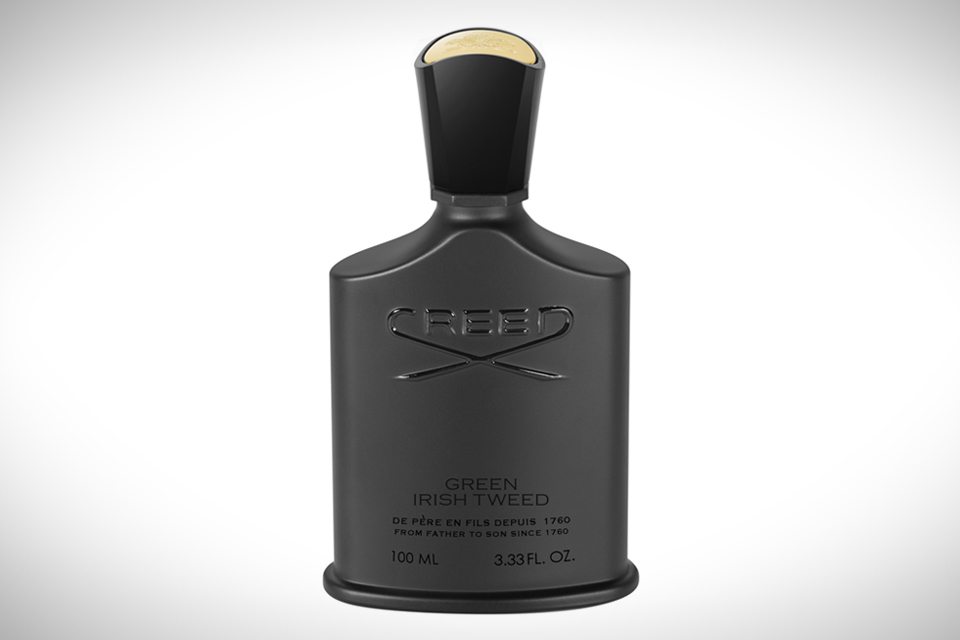Electric razor manufacturers love to claim that their brands offer the latest in shaving technology. The only issue is that “the latest in shaving technology” doesn’t always make for a better shave. The best electric razor still boils down to a few core features: it should feel good on your face, be comfortable in your hands — and any add-ons should improve your experience rather than complicating it.
If you shave regularly (every day, or every couple of days), our pick is the Braun Series 9 9290cc. Its maneuverable cutting head provides a close shave, and its ergonomic handle, easy-to-change head design, and inclusion of practical features like a cleaning indicator result in a surprisingly intuitive product. An electric razor is an investment (the Braun retails for about $325), but it’s one that can last 7 to 10 years — and we could picture ourselves happily shaving with the 9290cc for that long.
If you’re more likely to shave once every five or six days, we recommend the Philips Norelco 9300 ($250). This model’s cutting head features three flexible discs that trim as they rotate and can bend inward and outward to provide even results across awkward angles like cheekbones and jawlines. This design means Philips won’t give as close a shave as the Braun 9290cc, but it’s a great option for achieving an even shave across thick stubble. And we appreciated extras like its cleaning and blocked shaving head indicators.
For frequent shavers on a budget, the Remington F5-5800B performed beyond our expectations for its low price ($55). While it’s not as comfortable as the Braun or Philips, it delivers a smooth, quick shave that no other sub-$100 razor could top. Its features are minimal, but it includes essentials like a battery meter and a trimmer for beard touch-ups.
How We Found the Best Electric Razor
Shopping for an electric razor can be maddening. There are scores of models on the market and the differences between them are minor: The only difference between the Braun 7865cc and 7898cc? The color of the razor. The only difference between the 7898cc and 7899cc? The color of the zipper on the travel case.
We began by selecting 12 highly regarded models that spanned a wide range of features. Some came with fancy options like cleaning indicators and comprehensive digital displays, while others took a more bare-bones approach. We made sure to include a variety of brands: Best-of lists and consumer reviews from sites like Engadget and Amazon led us to widely celebrated options like Braun and Philips Norelco. But we included top recommendations from less popular brands, too. We wanted to see if industry leaders like Braun really offer anything you can’t get elsewhere.
Foil Razors (8)
Braun Series 7 7865cc*†
Braun Series 9 9290cc*†
Panasonic Arc5 ES-LV95-S*†
Panasonic Arc5 ES-LV9N-S*†
Panasonic Arc3 ES8103S
Wahl Flex Shave Rechargeable Foil Shaver (Also called Wahl Custom Shaver)
Wahl Smart Shave Rechargeable Shaver
Remington F5 Power Series with Intercept Shaving Technology F5-5800B
Rotary Razors (4)
Philips Norelco 7500*
Philips Norelco 9300*†
Remington Verso Shaver XR1410
Remington XR1470
*Comes with clean and charge station.
†Has sister model without clean and charge station.
There are some popular models that appear frequently on best-of lists, like the Braun 790cc and Philips Norelco 8100, that we decided to skip because they are no longer being produced or are difficult to find. We focused our list on models widely available and actively in production.
First, we learned all we could about both types of electric razors.
Unlike manual razors, all electric razors have some type of covering over their blades, protecting skin from unwanted nicks. Dr. Jennifer Krejci, board-certified dermatologist and hair restoration expert of the Limmer Hair Transplant Center in Texas explains, “An electric razor tends to cause less trauma to the skin because there’s no sharp blade skimming directly over your hair follicles (which can cause microscopic abrasions or cuts on the skin).”
Foil razors have straight heads with thin, perforated metal foils that cover their blades. The holes in the foils catch hair and guide it up to the blades, which work like tiny pairs of scissors.
Rotary razors have three spinning blades covered by perforated metal discs. These blades work like little weed eaters, rotating in a circular pattern to chop hair.

Foil razors (left) offer a closer trim, while rotary razors (right) provide a more even trim.
So which one is better? It depends. A foil razor is a good option if you’re committed to shaving daily; it offers a closer shave. People with sensitive skin are also better off with a foil razor: Dr. Steven Greene, board-certified dermatologist of the Advanced Dermatology and Laser Institute of Seattle, told us that “because a rotary razor’s blades spin in a circular pattern, it can grab the hair, almost plucking it, which is more irritating than clipping it straight across.”
Rotary razors also don’t trim as closely, but they do offer flexible heads that can pivot and bend inward to follow the contours of the face. If you’ve got angular cheekbones that would make Tom Hiddleston weep, a rotary ensures you don’t miss those tiny patches of hair growing at awkward angles. Rotaries are also better at trimming longer hair, which is why Remington recommends them if you only shave intermittently — maybe you skip weekends, but need a razor that can tackle thick Monday stubble.
We included both types in our testing process since both are widely popular. Remember that there’s no hard-and-fast rule about which one is better and that personal preference plays a role too.
Then we tested the comfort and performance of our 12 models.
Electric razors of both kinds require an adjustment period: It can take up to two or three weeks for your face to adapt to the new stimulus. During this time, you’re likely to experience more tugging and pulling when you shave.
We didn’t ask our testers to wait out the full three weeks — instead, we asked them to identify which razors they’d be willing to keep using that long.
We gathered a group with diverse skin and hair types and sent each of them home with two razors, asking them to shave and evaluate the following factors:
Comfort of Shave
How did the razor feel on skin? How much did it pull at hair? Most models were a little uncomfortable, so we gave bonus points to razors (like the Philips Norelco 9300) whose users said they’d happily repeat their experience.
Convenience of Shave
Our testers also rated how easy the razors were to maneuver, and if they delivered on the promise of a quick, effortless shave. Many didn’t: “A ton of long hairs were left and I had to cover the same ground many times,” reported our Philips Norelco 7500 rotary tester. If the razor had wet/dry capabilities, we tested both modes — sometime to mixed results. Testers reported that models like the Panasonic Arc3 and the Panasonic Arc5, which performed decently dry, were harder to maneuver against wet hair.
Design and Ergonomics
We asked testers to assess how the razors felt in their hands and then conducted a second round of tests in-office. We wanted to find models that boasted comfortable button placement, easily accessible trimmers, and a pleasantly contoured handle.
Overall, Braun lived up to its reputation, receiving more favorable feedback than foil models from Panasonic and Wahl. Philips Norelco’s rotary razors beat out Remington’s by a mile, but our testers generally found rotary razors less comfortable and intuitive than foil razor designs.
This article originally appeared at reviews.com/electric-razor.

